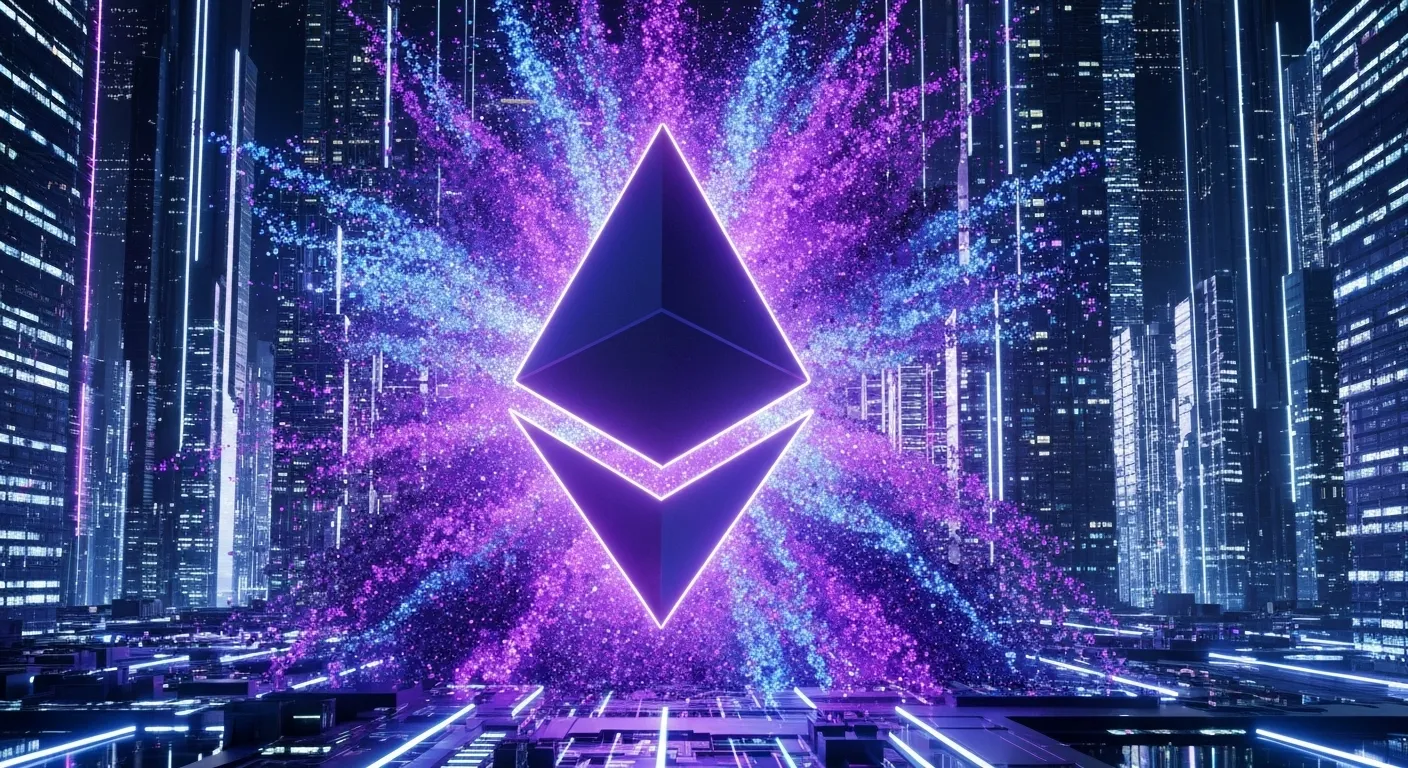For years, the great challenge for Ethereum has been its own success. It has become the undisputed Supreme Court of the digital world the most trusted, secure, and decentralized venue for high-value transactions. But like any Supreme Court, it is also incredibly slow and expensive. You can't run every single small claims case through the highest court in the land. The system would grind to a halt.
This is why the future of Ethereum's scalability lies in its Layer 2s. These are the powerful lower court systems being built to handle the millions of everyday cases, while still inheriting the ultimate authority and security of the main Supreme Court.
But two profoundly different legal philosophies are now competing to become the dominant model for these lower courts. On one side, you have the Optimistic Rollups, like Arbitrum and Optimism. Their legal system is based on a beautifully simple, 'innocent until proven guilty' premise. The court *assumes* all transactions are valid and correct unless someone challenges them during a 'fraud proof' window. This is fast and efficient but has a waiting period for final settlement (withdrawal back to the Supreme Court/Ethereum). On the other side, you have the ZK-Rollups, like zkSync and StarkNet. This is a mathematical or cryptographic court. For every batch of cases, the court provides an irrefutable, tiny mathematical proof (a ZK-proof) that says, 'I have reviewed all 10,000 of these cases, and I can prove with mathematical certainty that they all followed the law, without you having to re-read any of them.' This is incredibly secure and allows for instant finality, but the technology to generate these complex proofs is more advanced and newer.
So how do you track this great legal and philosophical battle? You watch the landmark cases. You watch where the most important 'citizens' (the big, blue-chip dApps like Uniswap) choose to set up their primary place of business. You use data dashboards on Dune to track the 'case load' the daily transaction volume and user growth on each of these competing court systems. The flow of capital and users between these systems tells the story of which legal philosophy the market is beginning to trust more.
This is more than a technical horse race. It's a battle of ideas about how to best scale trust. Is the future built on the pragmatic, optimistic efficiency of a civil court, or the absolute, mathematical certainty of a cryptographic one? The outcome is not yet known, but this quiet, intellectual war will define the very architecture of our decentralized future. And no matter which system proves more dominant, the ultimate winner will be the Supreme Court itself: Ethereum.

